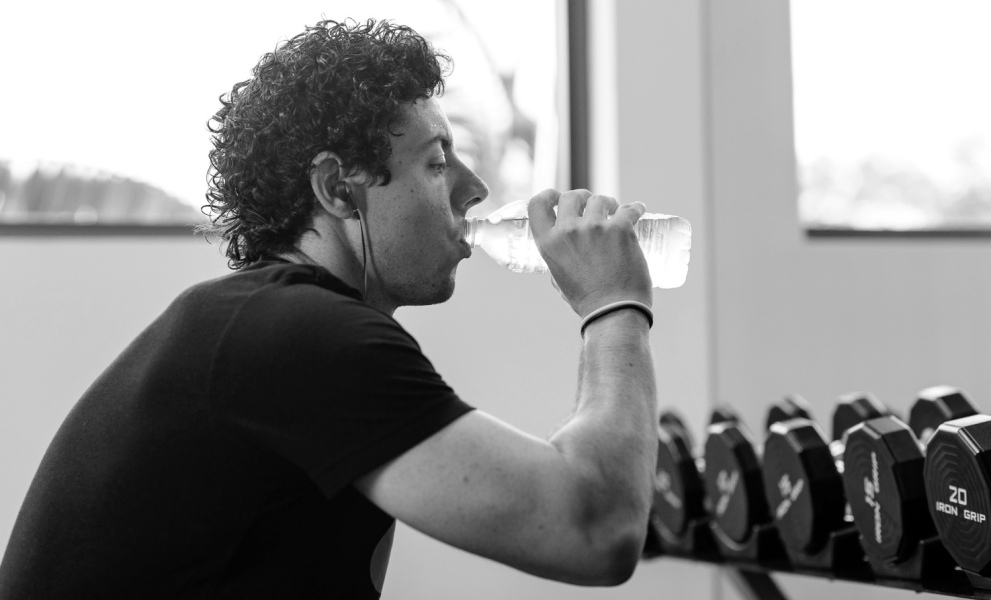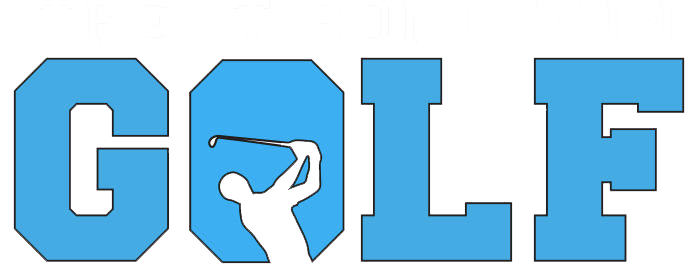
How many miles do you walk when you play an 18 Hole Round of Golf?
Female: 5.5 miles
Males: 6 miles
How many calories do you burn walking 6 miles?
1,442 calories
Other ways to burn 1,300 calories:
Strength Training for 2 hours and 45 minutes
Aerobic Activity for 2 hours and 10 minutes
Jogging on a Treadmill for 2 hours and 10 minutes
I’m tired just thinking about all that!!!
How does this affect your health?
- Since walking is biomechanically more efficient than running, playing a 18-hole round of golf walking is roughly equivalent to a 3.5-4 mile run.
- When walking 18-holes of golf, blood glucose levels fall by up to 20% for
the young, 10% for the middle-aged, and 30% for the elderly players, and body
weight is slightly reduced for all groups. - Repeated golf practice enhances balance control and confidence among all
age ranges. - Older golfers tend to have better static and dynamic balance control and
confidence than non-golfing older, healthy adults. - Regardless of handicap, sex, or course played, golfers exceed 10,000 steps
during a typical round of golf – which meets the guideline for exercise
recommended by most medical and clinical physicians. - Studies show that playing golf has health and wellness aspects. Those who play golf four times a week and walk the course expend nearly 8,000 more calories a week than golf cart riders. That translates to an additional loss of nine pounds over three months
- Another study concludes that those who walk a 9-hole course can expect to walk an average of 2.5 miles. Those who walk 36 holes a week will burn around 2,900 calories a week. Studies show that burning 2,500 calories a week improves your overall health by lowering your risk of heart disease, diabetes and cancer.
- One of the great things about walking is it offers both physical and mind/body benefits that are often immediate, according to Dr. James M. Rippe, member of Taking Care’s Medical Advisory Board
- Playing the game of golf can improve your quality of life. Walking 9 or 18 holes of golf (with or without a cart) can help oxygenate the body, improve posture and renew your spirit.
Male Avg. Course: 6,509 yards
Female Avg. Course: 5,478
Crestview North Course Blue Tees: 6,367 yds
Crestview North Course Red Tees: 5,651 yds
Crestview South Course Blue Tees: 6,135 yds
Crestview North Course Red Tees: 5,347 yds
The History of Walking a Golf Course…
Having played golf in several foreign countries, it is common even at the poshest private clubs, for members to happily use push carts to trundle their bags down the fairways, thus playing the game as it was originally intended, on foot.
In the U.S., by contrast, push carts historically have been relegated mostly to lower-end public and municipal courses. The vast majority of upscale clubs, resorts and daily-fee courses ban them entirely, thus denying many who might enjoy walking the course from time to time the opportunity to do so.
Now there is some U.S. History that has brought us to this predicament and you should know. On many courses in the U.S there really is no practical alternative. Courses built as part of real-estate developments in the last 40 years often feature dauntingly long distances between one green and the next tee, as do many courses that traverse terrain, like mountains back in El Paso and wetlands in many areas in the South. Vacationing golfers at luxury resorts in Arizona or Florida usually have no interest in hiking 5-6 miles through the heat to play golf. Plus, of course, many golfers of a certain age or physical condition could not enjoy the game at all if it weren’t for riding carts.
Part of the problem for would-be walkers is the bad reputation pull carts acquired back in the days when golf at the upper end was a lot more pretentious and exclusive than it is today. In the immediate post-World War II decades, joining the local country club was seen by many first as a means of social ascension and only secondarily as a way to play more golf on a better course. Using a push cart to drag one’s clubs around the course was not part of the upper class golfers dream.
Since the late 90s companies like Sun Mountain and ClicGear have introduced many different light weight 3 and 4 wheel carts. These high-tech carts glide easily over the terrain with the slightest touch and roll down slopes entertainingly all by themselves. Top-of-the-line versions, selling for $200 and more, come in bright colors, fold easily for storage and feature wide tires, hand brakes, telescoping handles, storage consoles, beverage holders and umbrella mounts. Paired with the latest lightweight golf bags, with their tubular frameworks, technical fabrics and pockets galore, they make an attractive, athletic impression.
Golfer economics…
Another plus for push carts, from the golf-consumer point of view, is the economics for the golfer. When you bring your own cart to the course, you pay nothing beyond the green fee. Push-cart rentals, at $5 to $10 a round when available, are a bargain compared with the $25 to $30 that courses typically charge to rent a cart. From the point of view of courses, on the other hand, this is not a plus. In fact, it’s the main reason so many courses ban push carts.
Golf Course Business Economics…
“Golf carts are generally considered to be the second-leading source of revenue, behind green fees, and probably the most profitable revenue generator considering the minimal costs to maintain golf cars versus maintaining a golf course,” said Bill Bryant, a spokesman for Club Car, one of the top manufacturers of golf carts (along with E-Z-GO and Yamaha).
Golf-cart rentals at U.S. golf courses are a billion-dollar industry, Mr. Bryant estimates, and the economics are impressive. The average cost per cart is about $4,500, but most courses lease them, at about $75 per cart per month, rather than purchase. At a well-managed course, with some of those carts going out twice a day, profits per cart can easily exceed $500 a month, and the average fleet size is 60. Given the sky-high course-maintenance budgets at most high-end courses, mandated by golfers’ expectations, not to mention such amenities as marble bathrooms in the clubhouse and bottled water on the course, even a fractional erosion of that profit stream could put some courses out of business. So in a sense, the banning of push carts at high-end courses is another price Americans pay for our lavish style of golf.
If you are thinking about playing your next round of golf…consider not only the great health benefits but the social and economic history behind how this great game was mean’t to be played…on foot!
Additional Resources:
http://www.doctorsordersplaygolf.org/
http://www.golfdigest.com/story/kaspriske-fitness-column-2009-10
http://www.wsj.com/articles/SB10001424052970204518504574420891621636098
